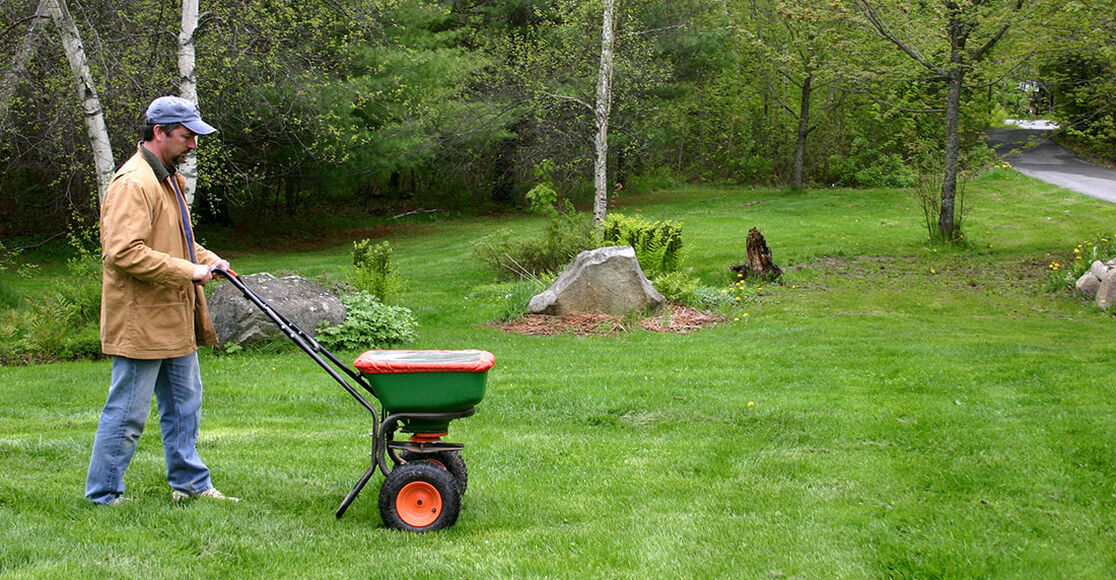Spring is in the air - birds are chirping, flowers are blooming, but perhaps your yard is looking a little rough from heavy snow and ice. Such conditions can leave lawns with thin or bare patches where severe temperatures and ice have killed grass. This can also create an environment in which weeds can thrive and spread in places where the grass has failed.
While some lawns may recover on their own, you can speed up the revival process with a little extra work. The most important part of reviving your yard is patience. The spring temperatures may make you eager to get your hands dirty, but the ground needs to thaw and dry before you work on it. It may take a few days or weeks for the soil to dry, depending on your area and the type of winter you experienced. Ideally, your soil should not be soggy.
Get your yard back in share with these tips to help restore and prepare it for healthy growth.
Cleanup
Once the ground is dry and thawed, it's time to clean up your yard. Remove dead leaves and debris by raking the lawn and picking up any branches or materials that have blown into your yard. Dead leaves and plant debris retain excessive moisture that leads to fungal disease, plus creates a habitat for harmful insects that will further damage your lawn. Weeds are also likely to begin spreading before your grass has a chance to grow. Keep an eye on areas where grass is thin or just beginning to grow; weeds are likely to sprout there. Dig up the roots or use a strong weed killer to prevent them from returning to your lawn.
Topsoil and Aeration
The most important part of your lawn is not grass ' it's the soil underneath. During the winter months, soil may become compacted and thatch (dead root material) can add to this problem. If your soil is dry, tightly packed or clay-like it will need to be aerated. To make sure your lawn is ready for aeration, soil needs to be loose so that air and water can get in and out. A great way to create these passageways for needed nutrients is to use an aerator. An aerator punctures the grass and leaves small holes to allow air and water to move in and out. Depending on the type of soil you have and the size of your yard, you can choose a manual, gas, or core aerator.
Using an aerator is very similar to a hand-push mower. First, be sure the grass is damp or slightly moist. Then, push the aerator in a straight line that slightly overlaps each new row. Push the machine slowly so it can puncture the soil and create holes. Once the lawn is aerated, examine the condition of your topsoil. This is the loose, dark layer of soil, full of decomposing organic material. This layer needs to be at least six inches deep for healthy grass to grow. If the top of your soil is dry, tightly packed or clay-like you need to add a healthy layer of topsoil.
Seeding
If your lawn has bare or dead patches, it is time to reseed. As soon as the ground thaws, start planting seeds. Break up the existing ground soil and spread a one-inch layer of compost over the area. Work the compost with a tiller or rake and spread a coating of pulverized lime on top. Spread seed by hand to cover the area with an even layer. Use a rake to ease the seed into the soil. Water the seeds in the morning. Avoid watering in midday during the height of summer as the water will quickly evaporate.
Maintenance
During the summer months, leave grass blades at least three inches long. Shorter blades are likely to dry out from the intense heat. Finally, give your yard a professional look by edging around sidewalks, flower beds and patios. An edger will create clean lines and prevent grass from spreading into your landscape features.
